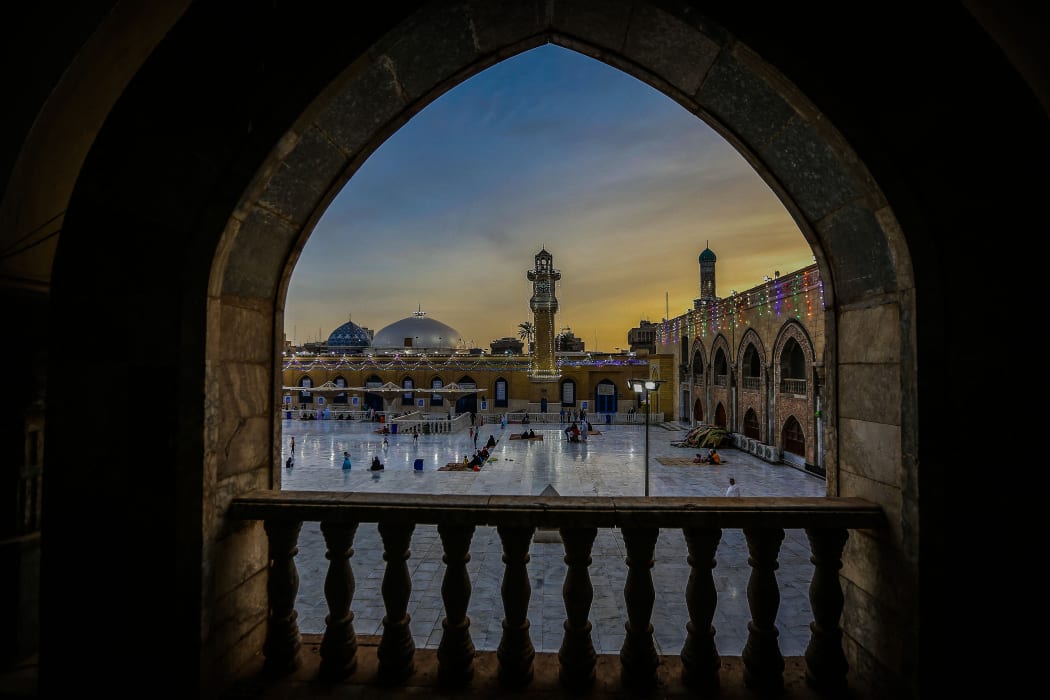How did a stint in the army lead Canterbury scientist Hussam Razzaq to changing lives through research?
He tells his story in this week's episode of Voices.

Photo: 2022 Anadolu Agency
In 1986, Hussam Razzaq had just arrived back in his hometown Baghdad, armed with a fresh PhD and fresh hopes to contribute to his country.
He had spent 5 years in New Zealand, earning that PhD in Lincoln, Canterbury.
But he got conscripted into the army instead - Iraq at the time, was in the middle of a prolonged war with neighbouring Iran.
- Listen to Hussam's story on Voices with Kadambari Raghukumar
Hussam was one of many students who left the country to gain knowledge overseas in the late '70s.
It was a period that many see as a high point in Iraqi modern history - a fast-growing economy while farming and agriculture thrived in the countryside.
"When I left, life was great. Good income, high standard of living."
But as the war took its toll on the once-thriving economy, when Hussam returned in 1986, things were very different.
"They train you how to move, how to use the weapons, how to use simple tactics. But when it comes to real life, it's totally different. Everything you see in the movies happened there", he says of his time posted in the southern region near Misra.
After spending ten years in Baghdad, in 1996 Hussam finally moved back to Lincoln, with his family this time and impressions of a home that was changed forever.
“Visiting friends in the hospital with casualties, I noticed that the burn victims were suffering the most. That experience gave me the idea of healing rather than producing something deadly.”
Hussam started working on biomaterials research at Lincoln’s Plant and Food – his interest became the application of bioplastics in arrange of industries -pharmaceutical, agriculture and food.
Over the past few years, he's been working on a bioplastic made from cellulose extracted from post-harvest waste from cereal crops. It could potentially be used as wound dressings.
- Listen to Hussam's story on Voices with Kadambari Raghukumar


